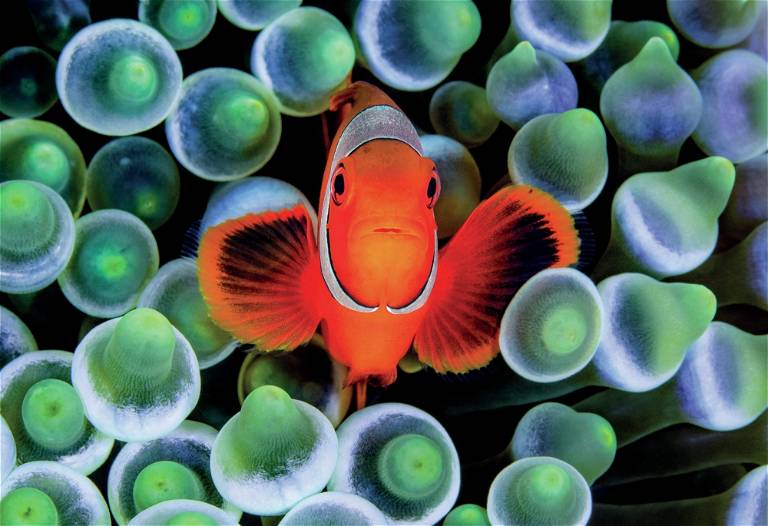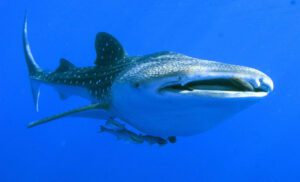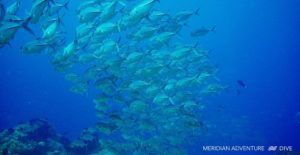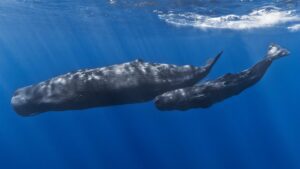Alex Mustard turns his attention to one of the most-photographed and charismatic fish in our tropical oceans – the humble anemonefish
Photographs by Alex Mustard
“Surely you don’t still photograph clownfish?” is a question that is often tossed my way during workshops. Anemonefish are so popular that they’re often thought of as a beginner’s subject, that serious shooters should have ‘progressed’ beyond. This is far from the truth. For me, they are a photographic challenge to last a lifetime, and I always show images of them in every talk I make.”
Also known as Nemos or clownfish, these reef residents of the tropical Indo-Pacific are cute, colourful and packed with photographic personality.
Even better, because they live associated with their anemone, they give us repeated opportunities for shots once we find them. But getting standout photos requires much more than a spray-and-pray approach.

Anemonefish photography has the same challenges as photographing young children – you can see a great shot with your eyes, but the cute subject never stays still long enough to allow you to compose, focus, expose and capture it in camera.
Key to this lesson is that to get a perfect picture of little Nemo, you need to make them a priority subject and dedicate proper dive time.
Choosing the Perfect Anemone
Once we accept that these common subjects require perseverance, it makes us choosier about finding the right subject. I always start by choosing the anemone, only getting interested when I find a particularly pretty one.
Many anemones are drab, with brown, sausage-shaped tentacles, but among them are supermodels with bright poster-coloured skirts and eye-catching tentacles.
When a normally drab anemone balls up, its photographic potential is often transformed. Balled-up anemones are most common to find when ambient light levels are low, at either end of the day or during rainy weather.
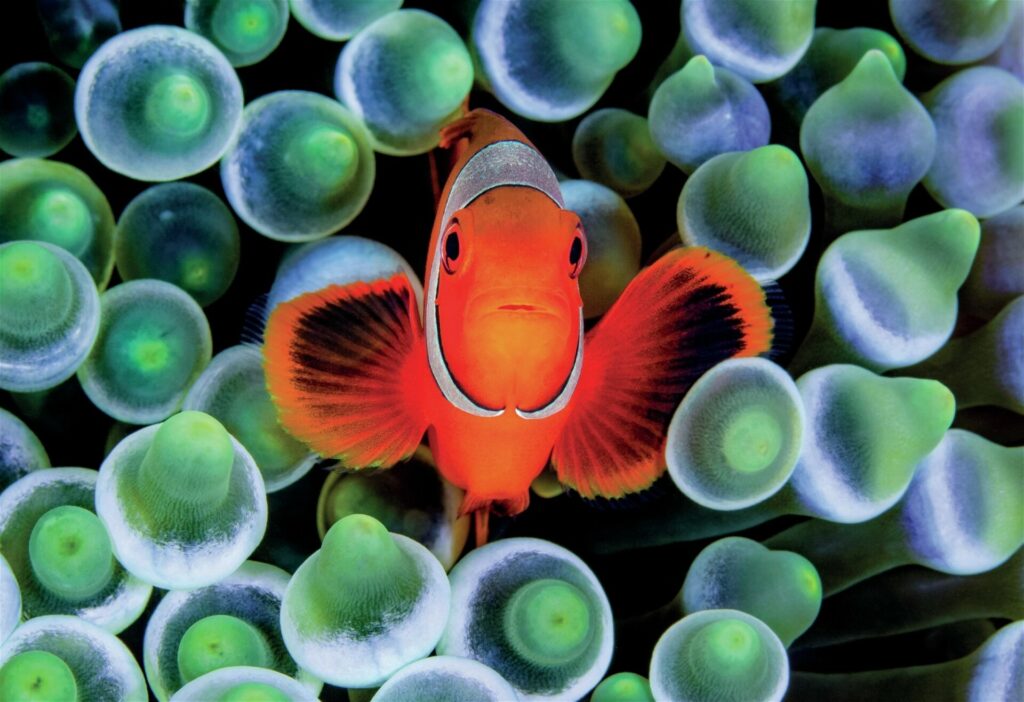
Mastering Composition and Lighting
Whenever you find a balled-up anemone, take a quick snap with your strobe to check the colour, because they often look quite different until you light them.
And you regularly get a positive surprise. Finally, anemones bleach in hot conditions, turning completely white, which is both highly photogenic and adds an important environmental message to our images.
Worldwide there are 28 species of anemonefish, some are widespread, some very localized. Furthermore, some regions may have just one species, like the Red Sea, while in others you might find seven or more species on a dive in Indonesia or the Philippines.
For winning shots I’d suggest concentrating on the most-attractive species of anemonefish to your eye, and within those species, the most-photogenic individuals.
For example, in the Red Sea, anemonefish all have two white bands, but some are almost entirely dark brown, while others are almost entirely yellow.
The yellow ones look great against the blue water. In all portraits good eye contact is an essential element. With anemonefish, if their body colour is too dark then their dark eye, and therefore the eye-contact, tends to get lost. So yellow Red Sea anemonefish are well worth our attention.
Some individual anemonefish can be shy, while others can be aggressive to the point of trying to bite you if you approach too close. Most are co-operative subjects, especially when they are guarding eggs and are more likely to stare out confidently from the edge of their host anemone.
Youngsters are often especially cute, although the young fish in an anemone are not babies of the big fish, they are unrelated individuals waiting for their chance to take over as part of the mated pair.
For portraits, I like to vary my aperture quite a lot. If I hope to get more than one fish in the shot, I will close the aperture to maximise depth of field. However, if I am shooting just a single fish, then I will often open up the aperture for lots of separation with the background tentacles.
Fast shutter speeds freeze movement, but leave us with a black water background, if we don’t fill the frame with tentacles. Slower shutterspeeds will render attractive blue water that looks great with the warm colours of the fish, but cause blurring from the fish’s white bands.
One solution is to work at higher ISO or alternatively use rear or second curtain flash synch because it ensures that this blurring goes backwards from the band, rather than forward, which obscures the eye.
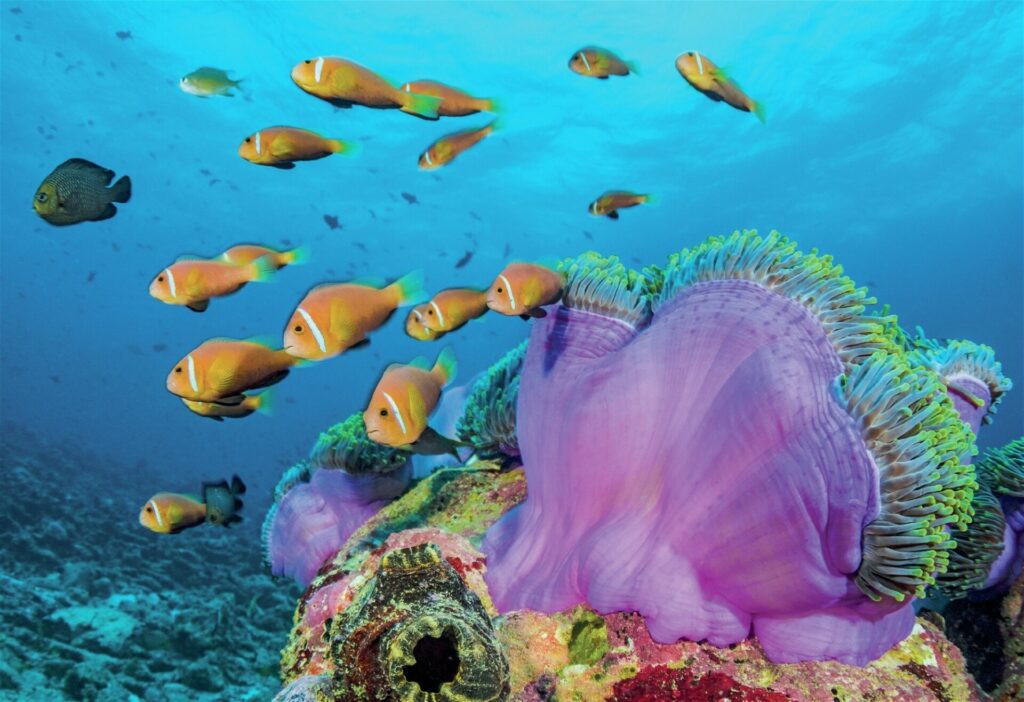
Capturing Anemonefish Behavior and Unique Moments
Anemonefish antics are endless and yield plenty of photographic opportunities. The trick to shooting all of these is not to race in close for portraits, but to keep our distance and let their natural behaviour play out. Look out for them chasing away other fish from their home, particularly species like butterflyfish, that feed on anemones.
They will also defend their home against all comers, including photographers, by barking a warning, opening their mouths revealing their teeth, injecting a lot of character into any portrait. Anemonefish have a strict hierarchy and they bark, chase and occasionally fight to maintain their status.
Many of the shrimps that cohabit in the anemone will act as cleaners for the fish, although you need to keep your distance to shoot this because a close approach always disrupts the cleaning behaviour.
Another favourite shot comes if the anemonefish is carrying the gruesome isopod tongue parasite, which infects many southeast Asian anemonefish.
If you see an anemonefish pouting, check inside its mouth for the tell-tale black eyes of the parasite looking out. Shoot with a more-closed aperture to get both the fish and the parasite in focus. It might take a few frames to time the shot perfectly to get the parasite fully revealed.
Anemonefish mate, like their relatives the damselfish, by laying eggs on the reef. It is common to see anemonefish guarding eggs, which usually last for about a week from being laid to hatching. The eggs start off brightly coloured and become increasingly silvery with age, with the eyes of the young becoming ever more obvious.
Anemonefish will guard and care for their eggs, mouthing the eggs to clean them and fanning water with their pectoral fins, all of which make for strong behaviour images.
Anemonefish eggs also make for great photos, especially with species like saddlebacks which lay them out in the open for easier camera access.
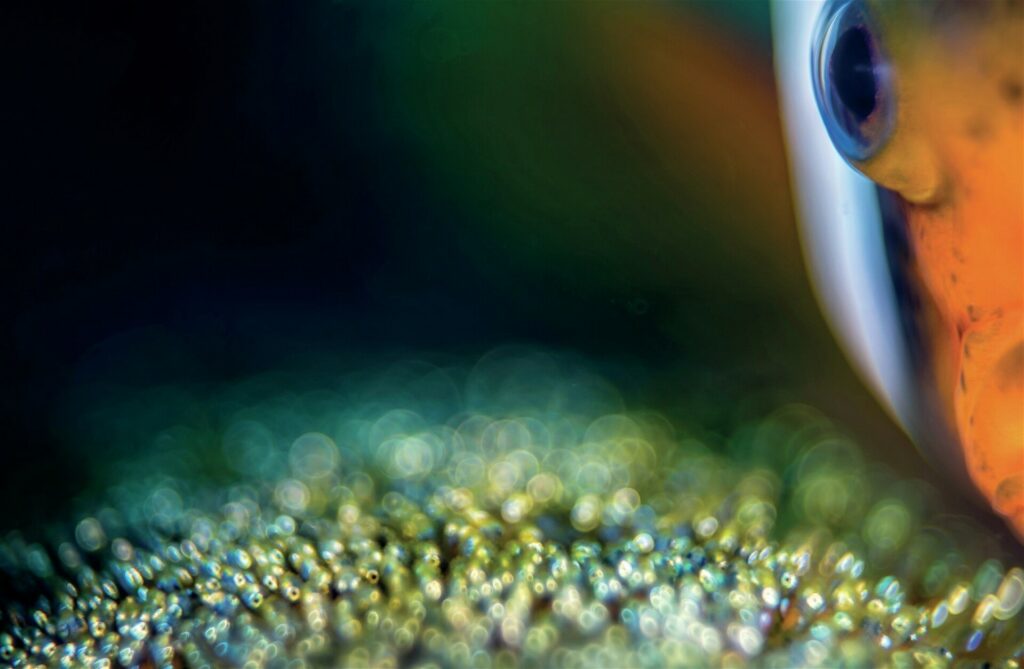
Try shooting them at a high magnification, totally filling the frame with eggs while opening your camera’s aperture much more open than usual, which will record a thin sliver of the eggs in focus surrounded by a dramatic bokeh of circles from the shiny eggs in the foreground and behind.
This shot is most effective with eggs that are close to hatching, where the young have clearly developed eyes, and you may decide to visit the same eggs on multiple days to get exactly the shot you want. I’ve heard that anemonefish eggs hatch shortly after sunset, but I have never seen the larval fish wriggling free of the eggs myself.
Anemonefish mating is rarely photographed. This is because unlike damselfish, anemonefish are not exhibitionists, because they have to leave the protection of their anemone to spawn.
This means that most of us miss the shots because us being there stops the anemonefish from spawning until we have gone.
My tip for shooting it is that every time you see fresh anemonefish eggs, back right away and see if the fish are still spawning. If they are, edge closer and get some of the rarest anemonefish shots around.
This article was originally published in Scuba Diver UK #77
Subscribe digitally and read more great stories like this from anywhere in the world in a mobile-friendly format. Linked from Mustard’s Masterclass-Charismatic Fish
